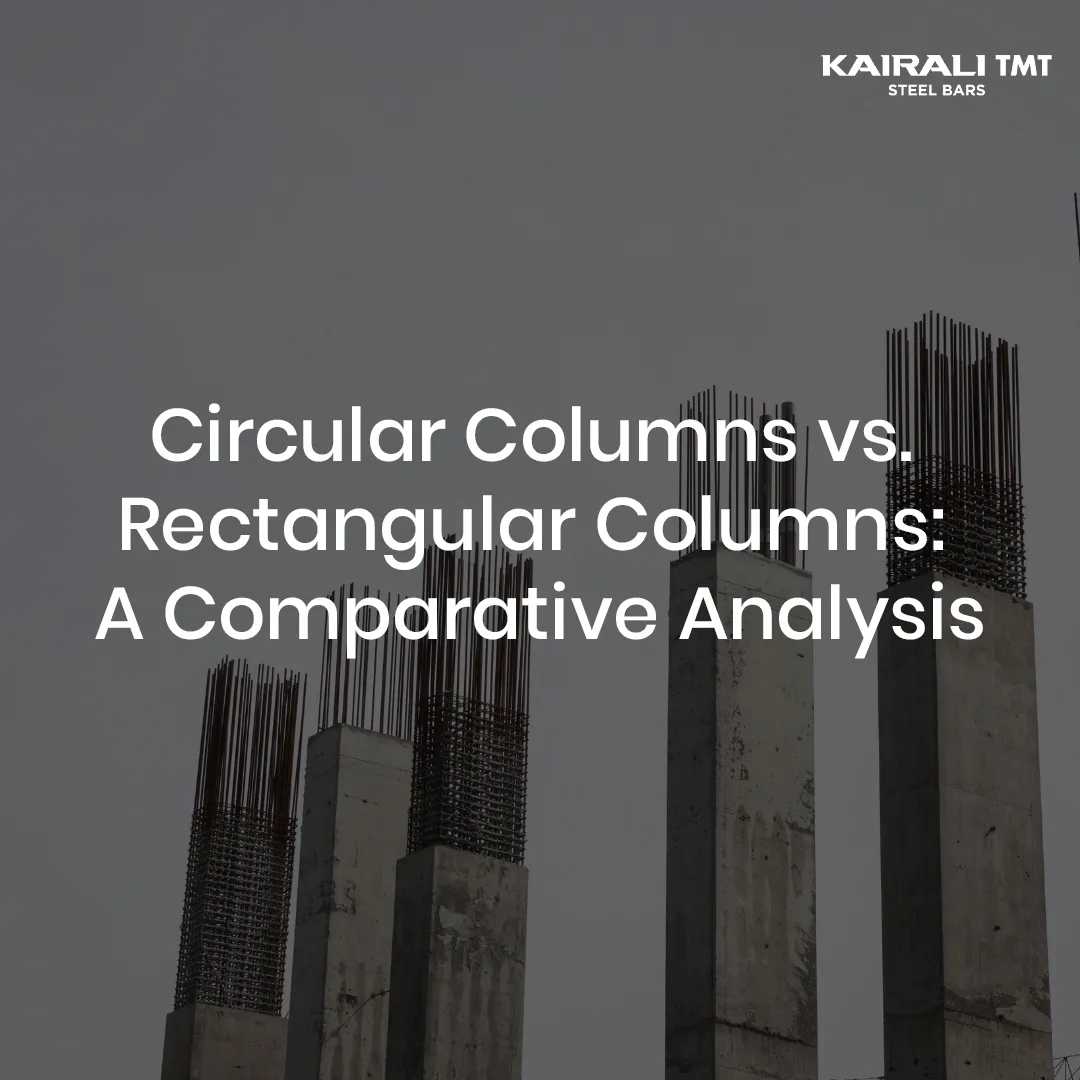In modern construction, prefabricated steel structures represent a significant evolution, offering benefits that resonate on a global scale.
Traditional building methods are being enhanced or even replaced by steel’s adaptability, strength, and economic advantages.
Here, we’ll look into the multiple impacts that these structures have worldwide.
Environmental Impact
Resource Efficiency
Steel can be recycled indefinitely without loss of quality, making it a champion of sustainability. Prefab structures maximize material use, with precision cutting that reduces waste.
Energy Consumption
The production and assembly of steel components are highly energy-efficient, especially when compared to conventional on-site construction practices. Furthermore, the lightweight nature of steel reduces shipping energy costs.
Eco-friendly Construction Sites
As most construction happens in a controlled environment, there’s a significant reduction in the environmental disturbance at the construction site, which includes less noise pollution, air quality degradation, and physical impact on the site.
Economic Impact
Cost Effectiveness
Prefabricated structures often cost less than traditional buildings due to reduced labour costs, faster construction timelines, and minimal on-site waste.
Operational Costs
Steel structures are durable and require less maintenance over their lifespan. Additionally, they offer effective insulation options which can reduce heating and cooling costs.
Market Growth
The global market for prefabricated steel has seen substantial growth, contributing to economic development and job creation in several regions.
Social Impact
Rapid Deployment
Prefabricated steel structures can be rapidly erected, which is crucial for providing immediate housing, schools, and medical facilities in disaster-stricken areas.
Safety
With most of the construction process taking place in a controlled environment, there’s a reduced risk of accidents and injuries associated with construction sites.
Adaptability
Prefabricated steel structures can be designed to suit a wide range of functions. This versatility allows communities to quickly adapt to changing needs.
Technological and Innovation Impact
Modular and Scalable Design
Steel structures are inherently modular, offering opportunities for future expansion and reconfiguration with minimal disruption.
Integration with Smart Technology
Steel’s compatibility with precision technologies allows seamless integration with smart building systems for energy management, security, and other modern conveniences.
Industry 4.0
Prefabrication and modular construction are at the forefront of integrating digital technology into building practices, aligning with advanced manufacturing and design methods.
Challenges and Considerations
Transportation Logistics
Large prefabricated sections require careful planning for transportation, with consideration for road networks, bridges, and other infrastructure.
Perception and Aesthetics
Prefabricated steel buildings sometimes face scepticism regarding their aesthetic appeal and architectural potential, which can influence public and corporate adoption.
Technical Expertise
Designing and assembling these structures requires a workforce with specialized expertise, thus necessitating training and development within the construction industry.
Conclusion
The global impact of prefabricated steel structures is transformative across environmental, economic, and social dimensions.
The technological advancements propel the construction industry forward, although accompanied by challenges that need proactive management.
Adopting these innovations offers a path toward a more sustainable, efficient, and flexible building landscape, aligning with the demands of a rapidly changing world.


